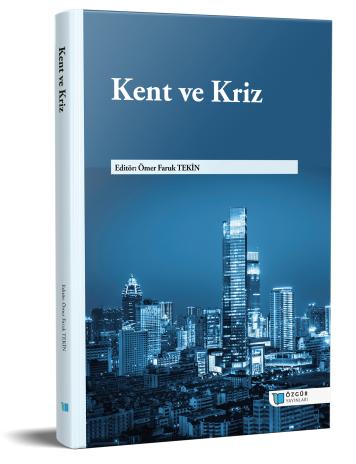
Urban Crisis and The City Models of the Age of Crises
Chapter from the book:
Tekin,
Ö.
F.
(ed.)
2023.
City and Crisis.
Synopsis
Crisis management from a public perspective consists of policies and strategies used to prevent, reduce, and end crises that affect society at local, national, and global levels. Cities and their residents, where more than half of the world's population lives, are more exposed to the effects of these crises and are entering into a more difficult struggle. It has become one of the important tasks for city administrations to prepare for these extraordinary and depressive periods and to provide settlements with a more flexible and resilient structure. As urbanization accelerates and the proportion of the urban population gradually increases, it has become important for cities that are heavily affected by these natural and man-made disasters and biological disasters to be prepared for crises and urban shocks. In this study, first of all, a brief conceptual framework on crisis and crisis management is presented. The urban crisis has been defined and crises affecting cities have been classified. The main factors that cause urban crises, which are assumed to occur as a result of natural disasters, pandemics, and human-made disasters, are emphasized. The study aims to analyze the root causes of the crisis rather than its signs. In the last part of the study, the concepts of fragile city, resilient city, healthy city, and immune city, which emerged on the axis of the discussions about cities being weak and vulnerable, prepared, and strong against these crises, are also defined.

